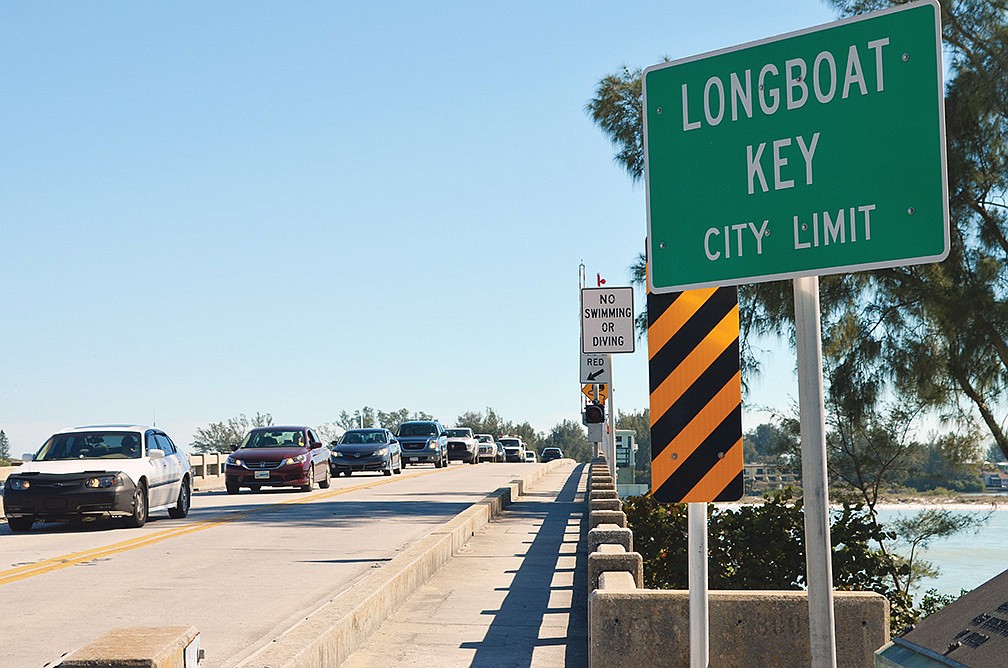- April 30, 2024
-
-
Loading

Loading

To continue to flog the congested-traffic horse — that our traffic congestion is becoming an economic crisis — here are a few anecdotes to buttress the point:
These tales are becoming our airline stories. Everyone has one.
And just to buttress and flog the point even more — that our traffic congestion will increasingly produce adverse economic consequences — it doesn’t take much to compile research results illustrating the costs of congestion.
One of the best places for this information is the California-based Reason Foundation, a nonprofit think tank that specializes in transportation issues.
Indeed, going back to 2009, Reason’s transportation specialists produced “Gridlock and Growth: The Effect of Traffic Congestion on Regional Economic Performance.” The director of that project was Adrian Moore, a Reason vice president and current Sarasota resident who writes occasionally for our Sarasota Observer.
That study demonstrated how reducing congestion in central business districts, airports and suburbs can improve gross regional product from 2% to 30%.
The study concluded: “Smart infrastructure investments that produce free-flowing road conditions will more than pay for themselves in future years by boosting the region’s economy.”
In that same year, Lee County officials to the south of us (Fort Myers, Cape Coral) engaged Reason’s transportation experts to help that county address what was then a severe congestion problem. At that time, Lee County residents were wasting $122 million a year stuck in traffic, according to Reason.
What’s more, when you read Reason’s study of Lee County, it’s as if you’re reading about every traffic issue in Sarasota. For example:
“When visitors were asked what they disliked about their experience in Lee County, ‘traffic delays’ was the No. 1 response. In fact, it was mentioned as a negative by almost 20% of respondents. This is more than three times more often than the next most common answer (red tide and its effects).”
And consider this part of the Reason study on Lee County:
“With the roads gridlocked, emergency vehicles may be seriously delayed, meaning the paramedic may not get there in time to save a life, or the firefighters may not arrive in time to knock down a fire and save much of the building.
“If after-work hours are seriously congested, people may avoid restaurants and theaters that become too much of a hassle to get to.
People’s circles of opportunity are shrunk by congestion not just when it comes to employment. Congestion also shrinks their possibilities in entertainment, recreation and social life.
“Even computer dating services report many participants being unwilling to be matched up with people who live more than a certain distance away, because congestion simply makes it too much of a hassle to try to develop a long-distance dating relationship.”
Surely, you get the picture. You live it.
What did Reason Foundation recommend as the answer for Lee County?
It proposed a variety of strategies. Among them:
Altogether, Reason’s comprehensive strategies for Lee County totaled $5.7 billion. But it estimated the reductions in vehicle costs and fatal accidents would total $13.5 billion over 20 years.
Lee County officials have implemented some of the strategies. As Reason’s Adrian Moore told us: “Dealing with congestion is in fact a very, very painful process. It is possible, though … But it entails a lot of tough choices and tradeoffs.”
Actually, there is no choice. Our traffic congestion must be confronted — now.